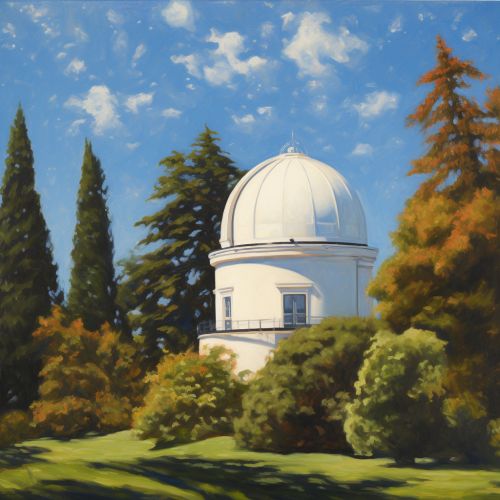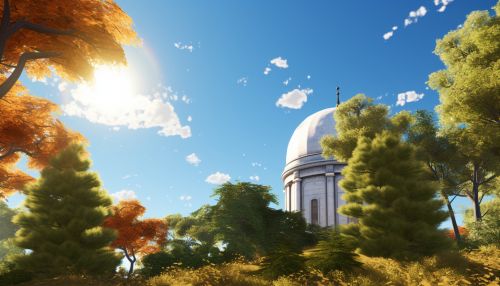Haute-Provence Observatory
Overview
The Haute-Provence Observatory (OHP), located in southeastern France, is a national astronomical observatory. It was established in 1937 as a site for conducting professional astronomical research. The observatory is situated in the Alpes-de-Haute-Provence department, a region renowned for its clear skies and minimal light pollution, making it an ideal location for astronomical observations.


History
The Haute-Provence Observatory was conceived in the 1930s by French astronomers seeking a location with optimal observing conditions. The site was selected for its high altitude, clear skies, and distance from city lights. Construction began in 1937 and was completed in 1943. The observatory was initially equipped with a 1.20-meter telescope, which was the largest in France at the time.
Facilities
The observatory houses several telescopes and instruments, the most notable being the 1.93-meter telescope. This telescope, installed in 1958, was for a time the largest in Europe. Other facilities include a 1.52-meter telescope, a 1.20-meter telescope, and several smaller instruments. The observatory also hosts a number of auxiliary facilities, such as a meteorological station and a library.
Research
The Haute-Provence Observatory has been the site of numerous significant astronomical discoveries. In 1995, astronomers Michel Mayor and Didier Queloz discovered the first extrasolar planet, 51 Pegasi b, using the 1.93-meter telescope. The observatory also played a crucial role in the development of spectroscopy, a technique used to study the properties of light in order to determine the composition and physical properties of astronomical objects.
Public Outreach
In addition to its research activities, the Haute-Provence Observatory is also committed to public outreach and education. The observatory offers guided tours and public lectures, and hosts a variety of events throughout the year aimed at promoting interest in astronomy. The observatory also operates a visitor center, which features exhibits on astronomy and the history of the observatory.
